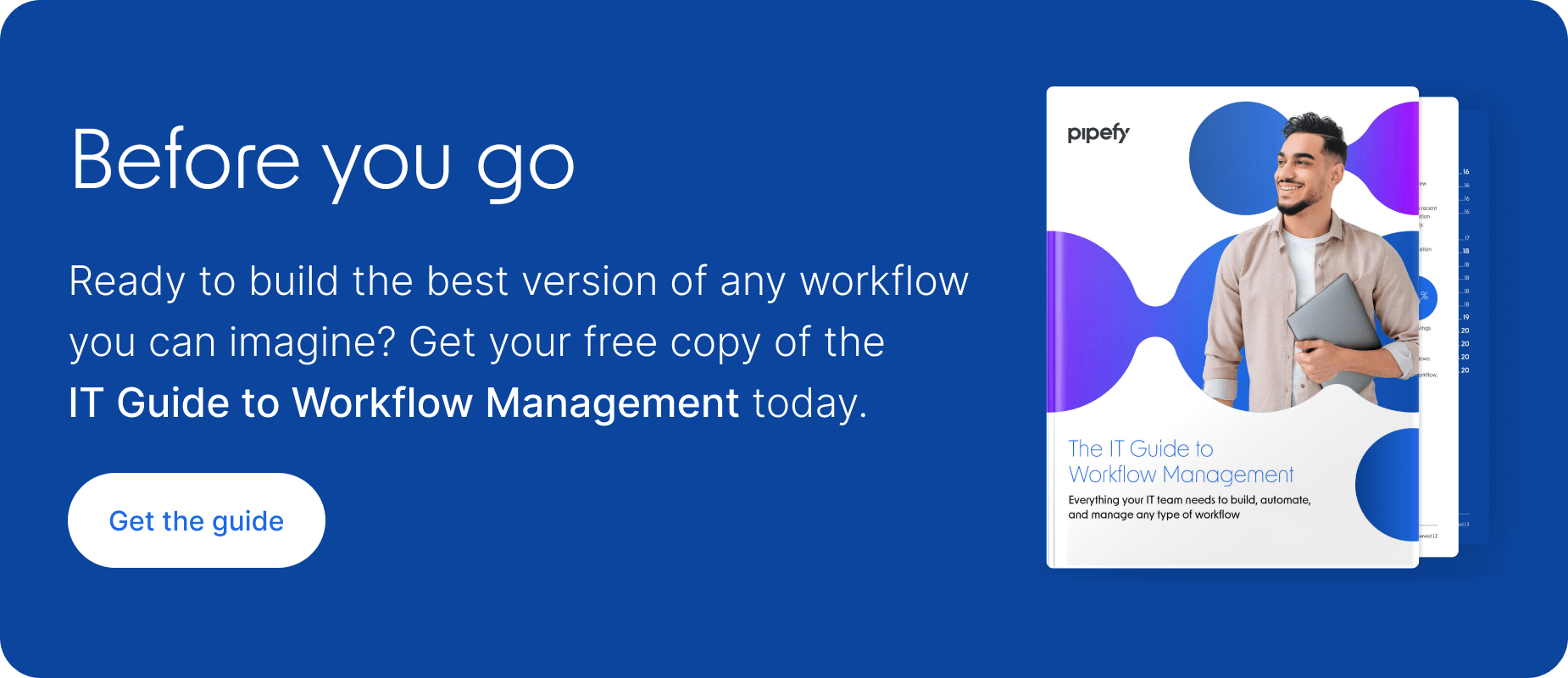
AI for productivity is transforming how businesses operate. It’s speeding things up, making workflows more accurate, and helping teams get more done. But simply plugging in AI tools isn’t enough to see real results. To truly level up productivity and reduce costly missteps, you need a thoughtful game plan.
If your company is aiming to simplify operations, cut down on errors, and move faster with confidence, here are three key ways to put AI to work—without the headaches.
Step 1: Lay the Groundwork Before You Automate
Before diving into automation, take a beat. The most effective AI setups are built on clean, organized processes. If your internal systems are messy or inconsistent, even the smartest tool won’t deliver solid results—it could even make things worse.
Why this matters:
Why this matters:
- Mapping out workflows and using process tools like BPM (Business Process Management) helps identify weak spots early.
- Clearly defined steps leave less room for human slip-ups.
- A transparent process makes it easier to track progress and spot issues.
- Cutting unnecessary steps upfront prevents wasted automation efforts.
- AI works best when the workflow is logical and straightforward.
Real-world snapshot:
Picture a customer service team prepping to roll out an AI chatbot for FAQs. If they start by building a polished, easy-to-follow answer bank, that bot will consistently deliver helpful, on-brand responses every time.
Step 2: Automate the Right Things, Not Everything
Once you’ve got your processes in shape, it’s time to automate where it actually makes a difference. The goal isn’t to hand over everything to AI—it’s to target tasks that are repetitive, time-consuming, or prone to human error.
How this helps avoid mistakes:
- Predictive tools can identify trends and alert you to potential issues early.
- BPA (Business Process Automation) clears out repetitive work so teams can focus on bigger priorities.
- Sticking to well-defined rules helps automation stay consistent.
- Real-time monitoring keeps things on track and helps catch problems before they escalate.
Real-world snapshot:
In a finance team, AI can scan invoices and spot duplicates, saving the company from double payments and improving audit readiness.
Step 3: Embrace No-Code and Low-Code to Stay Nimble
One of the biggest bottlenecks with AI adoption? Relying too heavily on technical teams. That’s where no-code and low-code tools shine. They let your team build, adjust, and improve processes—without calling in a developer every time something changes.
Benefits beyond simplicity:
- Get things up and running fast, minus the IT delays.
- Customize automations on the fly—no engineering degree needed.
- Respond quickly to business changes or customer feedback.
- Empower ops teams to own their workflows and fix issues without extra help.
Real-world snapshot:
Think about a sales team using a no-code platform to manage lead intake. With a few clicks, they can automate follow-ups, clean their CRM of duplicate contacts, and make sure no opportunity slips through the cracks.
Step 4: Bring It All Together with Pipefy
| BPM | Spot friction points and create crystal-clear process rules. |
| BPA | Eliminate grunt work, build consistency, and cut costs. |
| No-Code / Low-Code | Stay flexible and fast, even as things evolve. |
| IA | Layer in intelligence to handle the rest—smartly and efficiently. |
| Pipefy | Gives you all of the above in one platform, complete with built-in AI tools to help you streamline, scale, and stay in control. |






